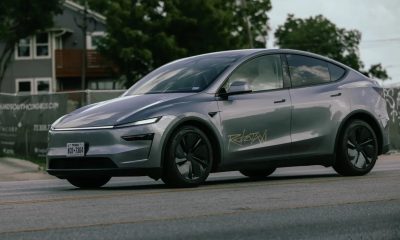News
Toyota smells the coffee, wants a piece of Tesla’s market share but it’s too late
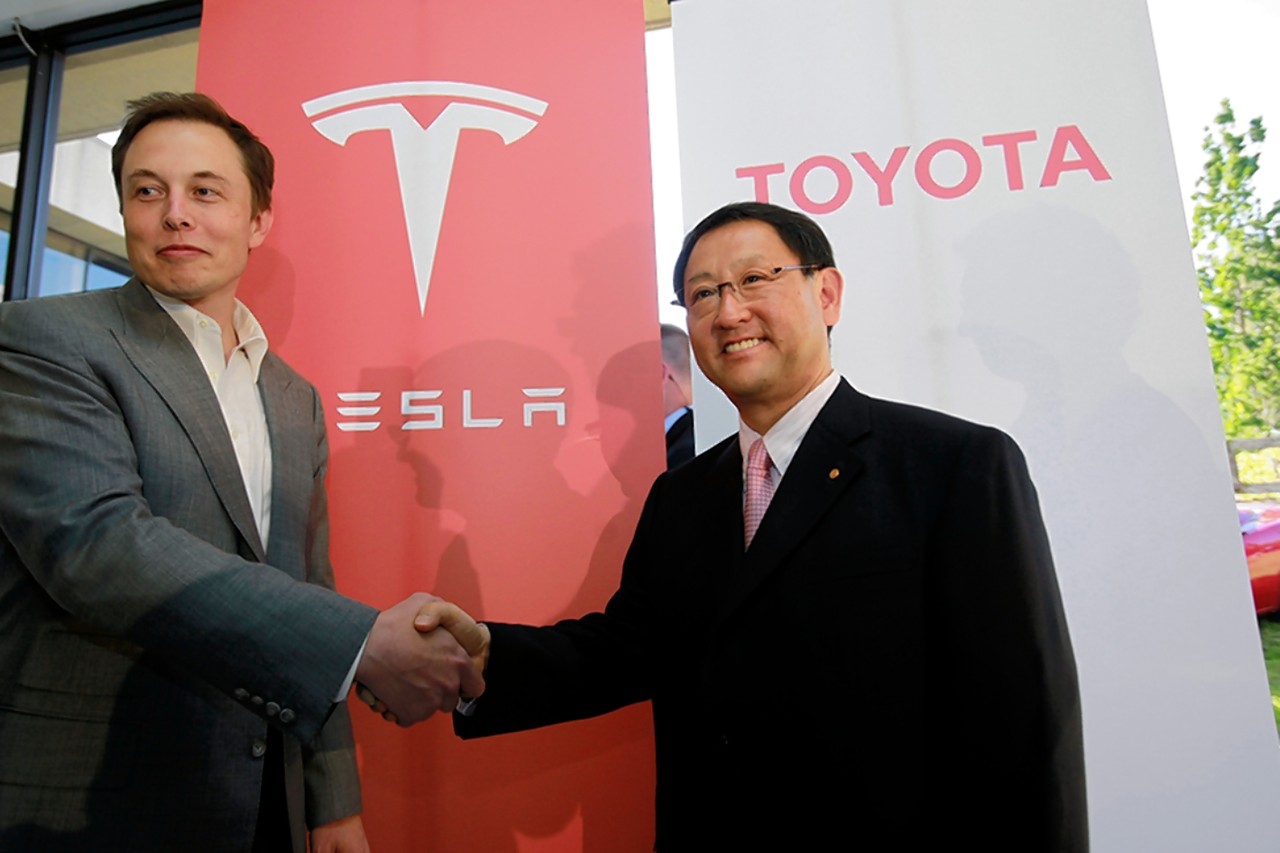
A new report coming out of the Nikkei, announced that Toyota is planning to enter the battery electric vehicle (BEV) business with development of its own long range vehicle slated for mass production in 2020.
News that the world’s largest automaker has plans to produce a 300 km (186 mile) BEV could be a sign that the company shifted development focus away from its fuel-cell vehicles, in particular its hydrogen powered Mirai, in order to compete with Tesla and GM within the growing EV space.
According to the Nikkei Asian Review via Autoblog, Toyota’s plan to mass produce its first all electric vehicle by 2020 coincides with timing for the next 2020 Olympics to be held in Tokyo. Toyota is said to be a major sponsor of the Olympics so it would come as no surprise that the company will take stage and use the opportunity to unveil a new line of products.
The Nikkei reports that Toyota plans to “bolster development of batteries” through the company’s battery material research department but also acquire batteries from outside sources in order to keep costs of its future EV competitive. This is in sharp contrast to the Japanese automaker’s previous strong belief that EVs would never become mainstream due to the high cost of batteries and limited driving range.
In a statement issued to Autoblog, Toyota states that any potential development in its BEV will happen in parallel with fuel-cell vehicles:
“We would like to refrain from commenting on such details, such as the schedule of development and production since it relates to our future product plan.
Toyota has made efforts in every direction on various powertrains, including electric vehicles (EVs), when it comes to the development of environmentally friendly vehicles. Toyota will continue to improve on the development of eco-cars, ranging from hybrids (HVs) and plug-in hybrids (PHVs), to electric and fuel-cell vehicles (FCVs), based on the advantages and capabilities of each powertrain.
We believe that environmentally friendly vehicles can only help to improve the environment if they become available to a large number of customers, and in relation to this, Toyota will consider introducing EVs to the market.
We will consider the roll-out of EVs alongside Toyota’s FCV lineup, which are both zero emission vehicles, based on the advantages and capabilities of each, as well as the market conditions of each region/country, as we continue to closely monitor the corresponding situations.”
Toyota has finally seen the writing on the wall though it may be too late. With Tesla having already received 373,000 deposits on its affordable mass market Model 3, planned to go into production next year, and GM going to market with its new 2017 Chevrolet Bolt with an EPA-rated 238 miles of range, Toyota clearly has a lot of catching up to do, especially if it intends to be competitive within the electric vehicle space. Not to mention, Tesla has a significant advantage over other automakers because of its existing global network of Supercharger stations.
News
SpaceX successfully launches 100th Starlink mission of 2025
With 100 Starlink missions completed for 2025, space enthusiasts have noted that SpaceX has successfully launched 2,554 Starlink satellites so far this year.
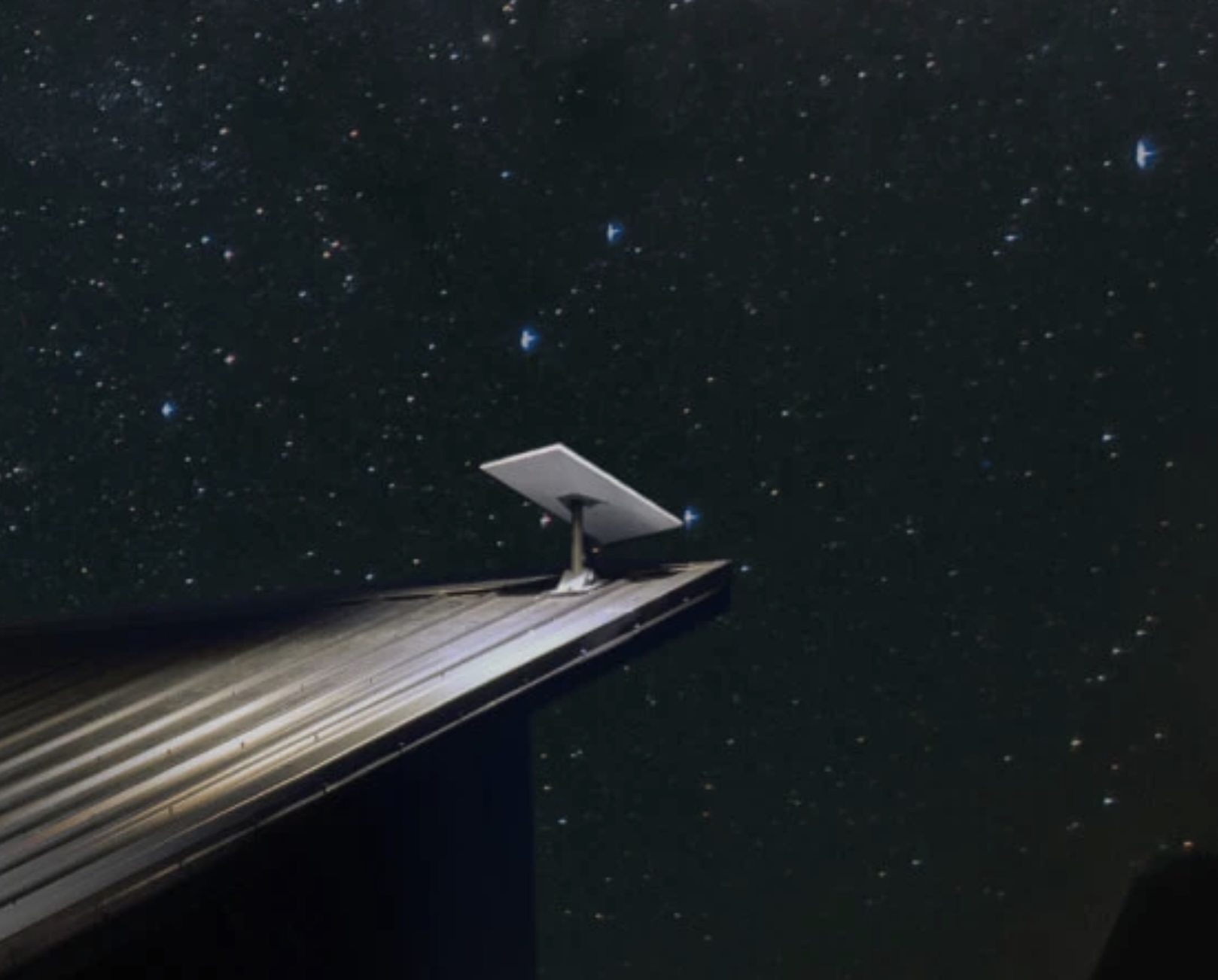
SpaceX achieved its 100th Starlink mission of the year on Friday, October 31, marking another milestone for 2025.
A Falcon 9 rocket carrying 28 Starlink broadband satellites successfully lifted off from Vandenberg Space Force Base in California at 4:41 p.m. ET, carrying another 28 Starlink satellites to Low Earth Orbit (LEO).
Falcon 9 booster’s 29th flight
Roughly 8.5 minutes after liftoff, the Falcon 9’s first stage touched down on the drone ship Of Course I Still Love You in the Pacific Ocean. This marked the booster’s 29th flight, which is approaching SpaceX’s reuse record of 31 missions.
This latest mission adds to SpaceX’s impressive 138 Falcon 9 launches in 2025, 99 of which were dedicated to Starlink, according to Space.com. The company’s focus on reusing boosters has enabled this breakneck pace, with multiple launches each week supporting both Starlink’s expansion and external customers.
Starlink’s network continues massive global expansion
Starlink remains the largest active satellite constellation in history, with more than 10,000 satellites launched, nearly 8,800 of which are currently active. SpaceX recently achieved Starlink’s 10,000-satellite milestone. With 100 Starlink missions completed for 2025, space enthusiasts have noted that SpaceX has successfully launched 2,554 Starlink satellites so far this year.
Starlink, which provides high-speed, low-latency internet connectivity even to the world’s most remote areas, has been proven to be life-changing technology for people across the globe. The service is currently operational in about 150 countries, and it currently has over 5 million subscribers worldwide. From this number, 2.7 million joined over the past year.
News
Tesla shares updated timeframe for Cybertruck FSD V14 release
The Cybertruck was expected to receive FSD V14 before the end of the month, but Tesla was not able to meet the target.
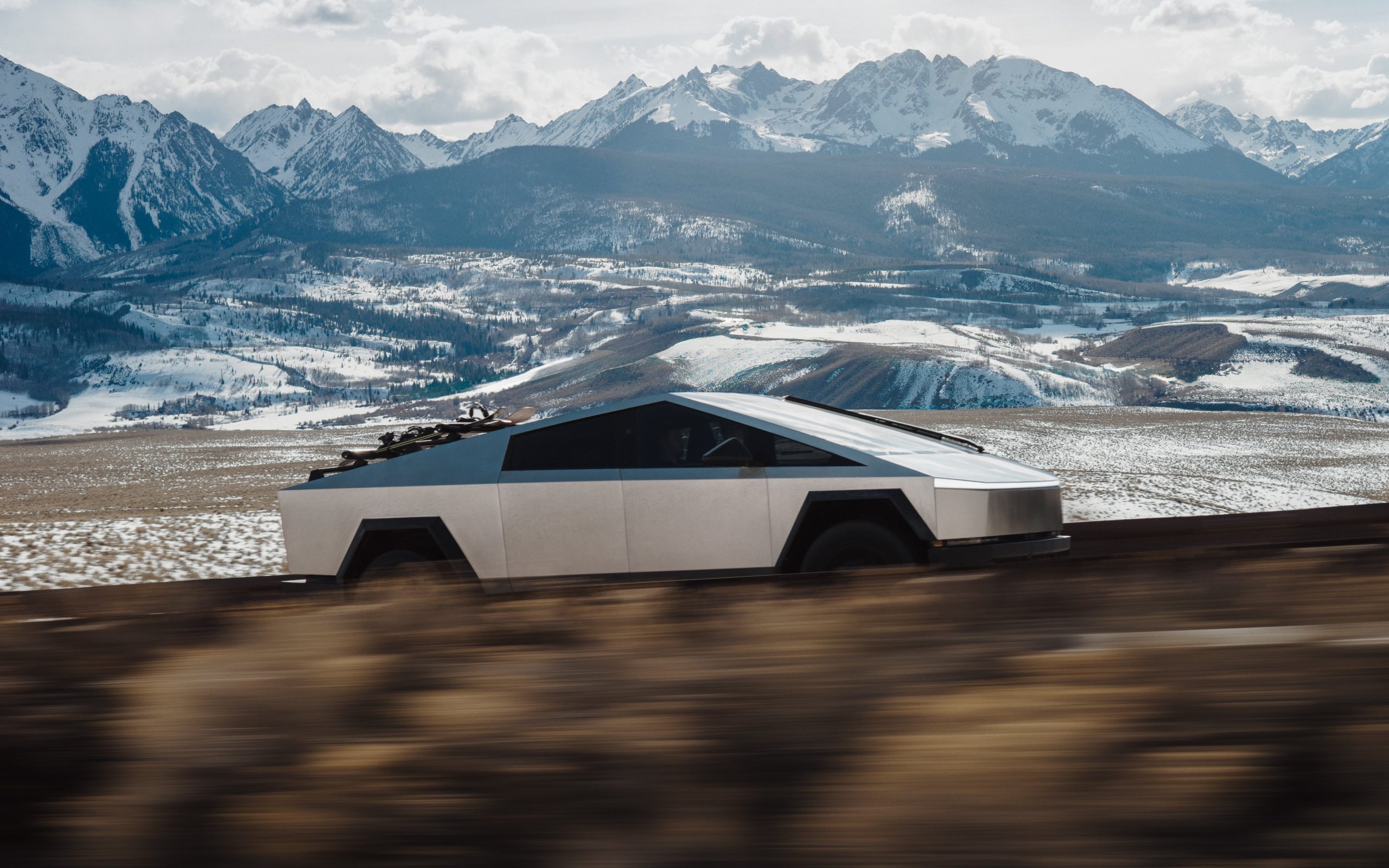
Tesla’s Full Self-Driving (FSD) V14 update for the Cybertruck could arrive this weekend, as per recent comments from Director of Autopilot Software and VP of AI Ashok Elluswamy.
The Cybertruck was expected to receive FSD V14 before the end of the month, but Tesla was not able to meet the target.
Cybertruck FSD V14
Considering the extended wait for FSD V14, it was no surprise that several Cybertruck owners were asking for updates about the system’s rollout to the all-electric pickup truck on Friday. These included the official Cybertruck X account, which responded to Elluswamy’s end of month estimate with “I only see trick. Where is my treat.”
This prompted a response from the AI executive, who replied with, “Sorry, pushing for early access Cyber release over the weekend.” This means that if all goes well, Cybertruck owners would be able to experience FSD V14 very soon. Some, however, are wondering if Tesla would go straight to V14.2 for the Cybertruck’s FSD V14 update, or if the vehicle will receive V14.1 first.
Tesla pushes to unify FSD experience across its lineup
The upcoming Cybertruck rollout represents the next step in Tesla’s efforts to roll out FSD capabilities across all of its vehicles. FSD V14 is a notable step forward for the company’s AI-driven self driving system, with features like Mad Max mode getting positive reviews from longtime Full Self Driving testers.
For the Cybertruck, the FSD V14 update would mark one of its first major over-the-air upgrades for the vehicle. Likely due to its size, the Cybertruck tends to receive FSD updates later than the S3XY lineup, which is quite surprising considering that the all-electric pickup truck is a premium-priced vehicle that is home to some of Tesla’s most advanced technologies.
News
“Tesla Ride” program lets riders experience FSD and Grok AI in real-world demos
The initiative aims to bring supervised Full Self-Driving demos and Grok AI-guided experiences to consumers in real world trips.

Tesla has launched a new service designed to make its Full Self-Driving (FSD) technology familiar to all commuters.
Dubbed the “Tesla Ride” program, the initiative aims to bring supervised Full Self-Driving demos and Grok AI-guided experiences to consumers in real world trips.
How Tesla Ride Works
As per the official Tesla Ride website, the session will allow participants to sit in the driver’s seat while a Tesla Advisor rides shotgun as co-pilot. The Tesla Advisor then guides riders through the company’s latest supervised FSD features, comfort settings, and in-car entertainment. Participants would also be able to interact with Grok AI in the vehicles. Grok will be capable of answering questions during the ride, and it will even tell stories along the way.
Tesla noted, however, that Tesla Ride sessions are capped at 45 minutes each, and it requires participants to have a valid driver’s license and insurance. Interested participants are also advised to call beforehand so they can schedule their Tesla Rides.
Marketing push and reach
The Tesla Ride program runs across several markets from October into November, and in some locations into the end of December 2025. Participating states are numerous, from Michigan to Virginia to Illiois, Nevada, and California, among others. A look at the official webpage for Tesla Ride shows that the company is still taking a very cautious approach with the program, with disclaimers clearly stating that FSD Supervised does not make Teslas autonomous just yet.
Tesla’s focus on safety with FSD was highlighted recently by Senior Vice President for Automotive Tom Zhu. “Elon said it in 2021: “For self-driving, even if the road is painted completely wrong and a UFO lands in the middle of the road, the car still cannot crash and still needs to do the right thing.
“The prime directive for the autopilot system is: Don’t crash. That really overrides everything. No matter what the lines say or how the road is done, the thing that needs to happen is minimizing the probability of impact while getting you to your destination conveniently and comfortably,” the executive stated.
-
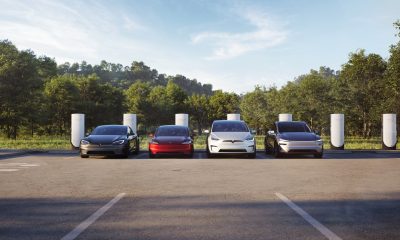
 Elon Musk2 weeks ago
Elon Musk2 weeks agoTesla Full Self-Driving gets an offer to be insured for ‘almost free’
-
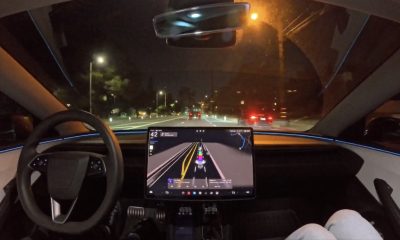
 News2 weeks ago
News2 weeks agoElon Musk confirms Tesla FSD V14.2 will see widespread rollout
-
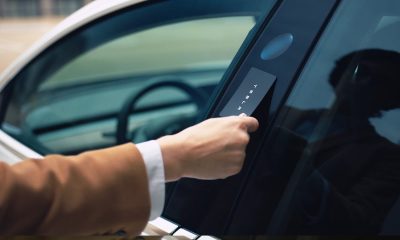
 News2 weeks ago
News2 weeks agoTesla might be doing away with a long-included feature with its vehicles
-
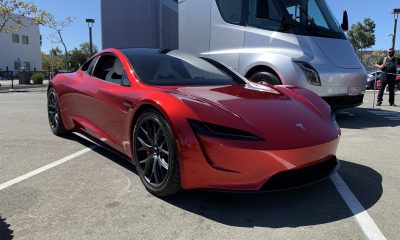
 News2 weeks ago
News2 weeks agoTesla updates fans on its plans for the Roadster
-

 Elon Musk2 weeks ago
Elon Musk2 weeks agoElon Musk: Grok 5 now has a 10% chance of becoming world’s first AGI
-

 News2 weeks ago
News2 weeks agoTesla is ramping up its hiring for the Cybercab production team
-

 News2 weeks ago
News2 weeks agoMultiple Tesla Cybercab units spotted at Giga Texas crash test facility
-

 Elon Musk2 weeks ago
Elon Musk2 weeks agoTesla will launch driverless rides in Las Vegas, but not where you think








